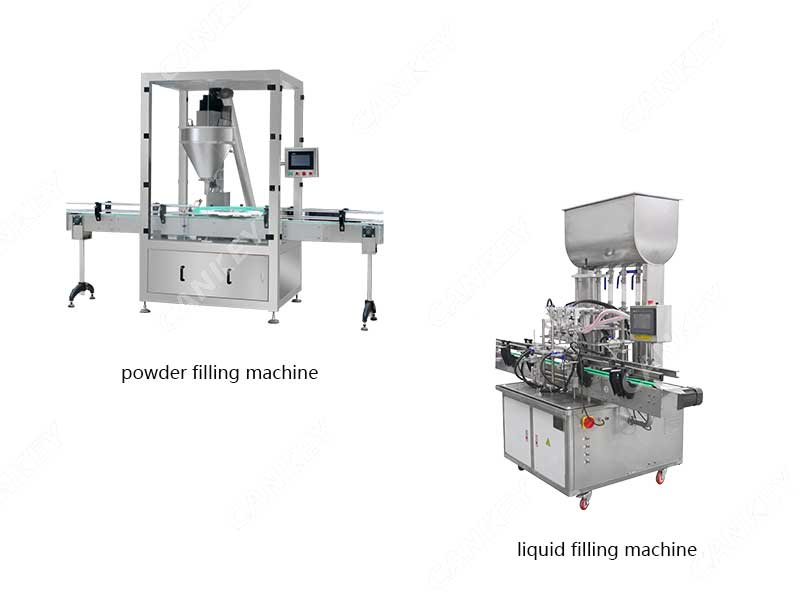In the ever-evolving landscape of manufacturing and packaging, automation has emerged as a game-changer, streamlining processes, enhancing efficiency, and ensuring consistent quality. One of the pivotal innovations in this realm is the automated filling machine. This cutting-edge technology has transformed industries that require precise and rapid product filling, ensuring businesses can meet the demands of modern consumers effectively. In this article, we delve into what is automated filling machine, exploring their functions, benefits, and impact on various sectors.
An automated filling machine is a sophisticated piece of equipment designed to accurately fill containers, such as bottles, jars, cans, or pouches, with various types of liquids, powders, creams, and even solids. These machines are employed across a wide range of industries, including food and beverages, pharmaceuticals, cosmetics, chemicals, and household products. They offer a systematic and reliable solution for achieving consistent product fill levels, reducing waste, and optimizing production throughput.
Key functions and features:
- Precision filling: These machines are equipped with advanced technology, such as flow meters, sensors, and volumetric or gravimetric systems, ensuring accurate and repeatable filling to predetermined levels or weights.
- Versatility: Automated filling machines are adaptable and can handle a diverse range of products, from liquids with varying viscosities to dry powders or granules.
- High throughput: These machines are designed to operate at high speeds, significantly increasing production efficiency and output compared to manual filling methods.
- Minimal downtime: Many automated filling machines incorporate quick changeover systems, allowing for rapid adjustments when switching between different products or container sizes.
- Hygiene and safety: The design of these machines often incorporates sanitary features, such as stainless steel construction and easy-to-clean surfaces, ensuring compliance with industry standards and regulations.
- Integration: Many modern automated filling machines can be seamlessly integrated into existing production lines, offering real-time data collection, monitoring, and synchronization with other equipment.
Industries transformed by automated filling machines:
- Food and beverages: From bottling beverages like water, juices, and sauces to packaging condiments and dressings, automated filling machines ensure accurate and consistent portioning, reducing the risk of contamination and increasing shelf life.
- Pharmaceuticals: In the pharmaceutical industry, precision and hygiene are paramount. Automated filling machines enable accurate dosing of medicines, vitamins, and liquid solutions, enhancing patient safety and product quality.
- Cosmetics and personal care: Lotions, creams, shampoos, and perfumes require precise filling to maintain their effectiveness and presentation. Automated filling machines guarantee uniform packaging and minimize product wastage.
- Chemicals and cleaning agents: Chemical products, such as detergents and industrial liquids, must be accurately measured to ensure proper usage and safety. Automated filling machines eliminate human error and reduce exposure to potentially hazardous substances.
- Household products: From household cleaners to automotive fluids, automated filling machines streamline the production of everyday items, ensuring consistent quality and preventing overfilling.
Benefits and future implications:
- Increased efficiency: These machines significantly accelerate the filling process, reducing labor costs and increasing production output.
- Enhanced accuracy: Precision filling reduces product wastage and ensures each container contains the exact amount of product.
- Consistent quality: Automated processes lead to uniform product presentation and quality, enhancing customer satisfaction and brand reputation.
- Cost savings: While the initial investment may be substantial, the long-term savings from reduced labor, material wastage, and improved efficiency are noteworthy.
- Safety and compliance: Automated filling machines improve workplace safety by minimizing exposure to potentially harmful substances. They also assist in meeting regulatory and quality control standards.
- Innovation and adaptability: As technology continues to evolve, automated filling machines will likely incorporate even more advanced features, such as ai-driven predictive maintenance and real-time production optimization.


